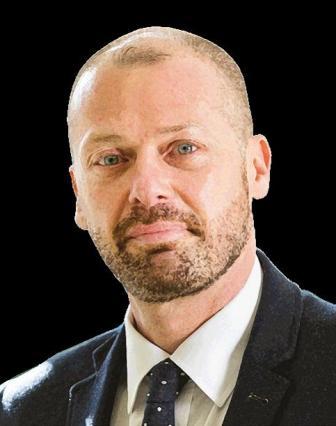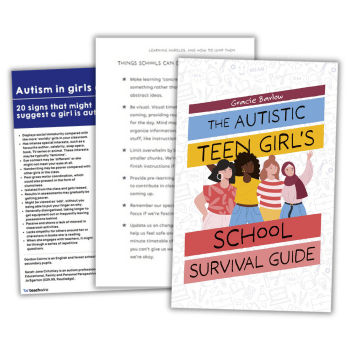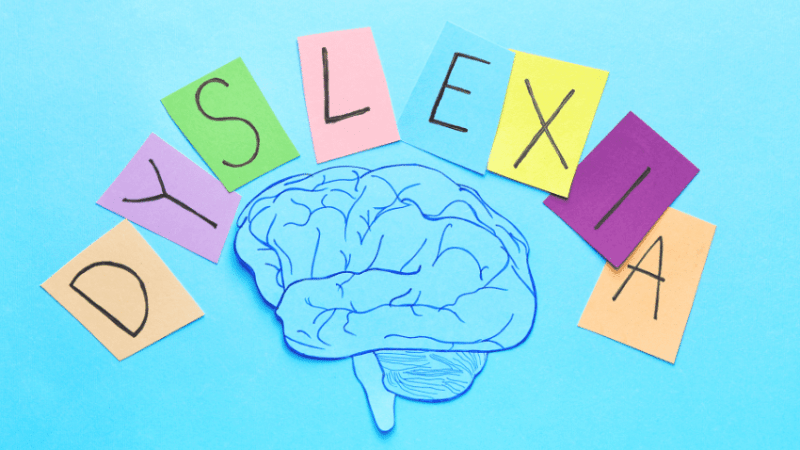Taking a person-centred approach in schools

Putting families at the heart of everything is vital, says Michael Surr…

- by Michael Surr

Imagine the scene: a child wakes up in the morning, peers out of the window, and sees it is snowing thickly outside.
School is cancelled. All they want to do for the day is play. What’s important to the child in that moment? Most likely just one thing: running outside and immersing themself in the snow.
But what’s important for the child? Any responsible grown-up will spot it quickly: to be wrapped up warm so they can play without getting cold. This example gets to the heart of what person-centred practice involves.
What is person centred care?
When we work with children and young people, we not only look at what is important to them, but what’s important for them. To do so, we assess what information is relevant to their teacher, SENCo, parent and other professionals, as well as taking on the young person’s perspective.
Identifying “important for” allows us to examine provisions and approaches that might be required to meet a child’s needs. Identifying “important to” allows us to consider how to achieve this in a way that takes account of what motivates the young person.
The value of person-centred working, with children and families at the heart of everything, has been part of the SEND Code of Practice since 2001, and was further strengthened in the updated Code of 2015. The principles are clear that we must always have regard to:
- the importance of the child or young person, and their parents, participating as fully as possible in decisions
- the views, wishes and feelings of the child or young person, and their parents
I remember one non person-centred meeting with a TA and their student. The consensus within the room was that the TA support was having a positive impact and that no changes to the provision were needed.
But when working with the child in a person-centred way, I learnt that they often felt that having an adult at their side meant they were unable to work with their friends in the same way as their classmates.
Feeding this back, sensitively of course, led to subtle changes in how the TA was deployed. For example, when working with the child, they made sure that they weren’t always directly next to them, which made the student feel more comfortable and part of the group.
Person-centred practice can help us to notice, and identify, simple things that can make a massive difference. This way of working should be integral to our practice – not bolted on.
If you find yourself struggling with where to start, the following points built on Article 12 of the UN’s Convention on the Rights of the Child may be a good guide:
Space – provide a safe and inclusive space for expression of views Voice – provide appropriate information and facilitate the expression of views Influence – ensure that views are taken seriously and acted upon where appropriate Audience – ensure views are communicated to someone with responsibility to listen
As professionals, we can channel our power to navigate complex systems, securing the change and support that children – and their families – need most.
The type of power we use is important, of course: being the power with, rather than the power over. “Power with” means opening ourselves up to learn from young people, and those who care for them.
For some, this can feel like a daunting prospect – perhaps we fear parents will start telling us what to do and take over; or some children may struggle to express themselves verbally.
Perhaps the people you work to support are afraid of formal processes, or even of speaking up. There are many different ways to enable the hearing and sharing of views, and person-centred approaches employ a variety of tools. For example, communication charts can help practitioners “hear” through behaviours and actions.
Often, “hearing” involves communicating with individuals on terms that suit them, finding ways to make them comfortable to self-express without fear of judgement. So, in every interaction, ask yourself: Who am I doing this for? Whose needs am I meeting? And – crucially – which needs might I be missing?
Open your ears, and open up to new thought processes. We have the ability to make a real difference for those we serve, including creating positive, nurturing spaces, and strengthening authentic communities.
Share that power wisely, and whether it’s navigating social worries, easing the challenges of a difficult day, or plunging into the snow with glee – all of us can achieve better together.
Michael Surr is the interim head of education at nasen. Follow nasen on Twitter at @nasen_org.










